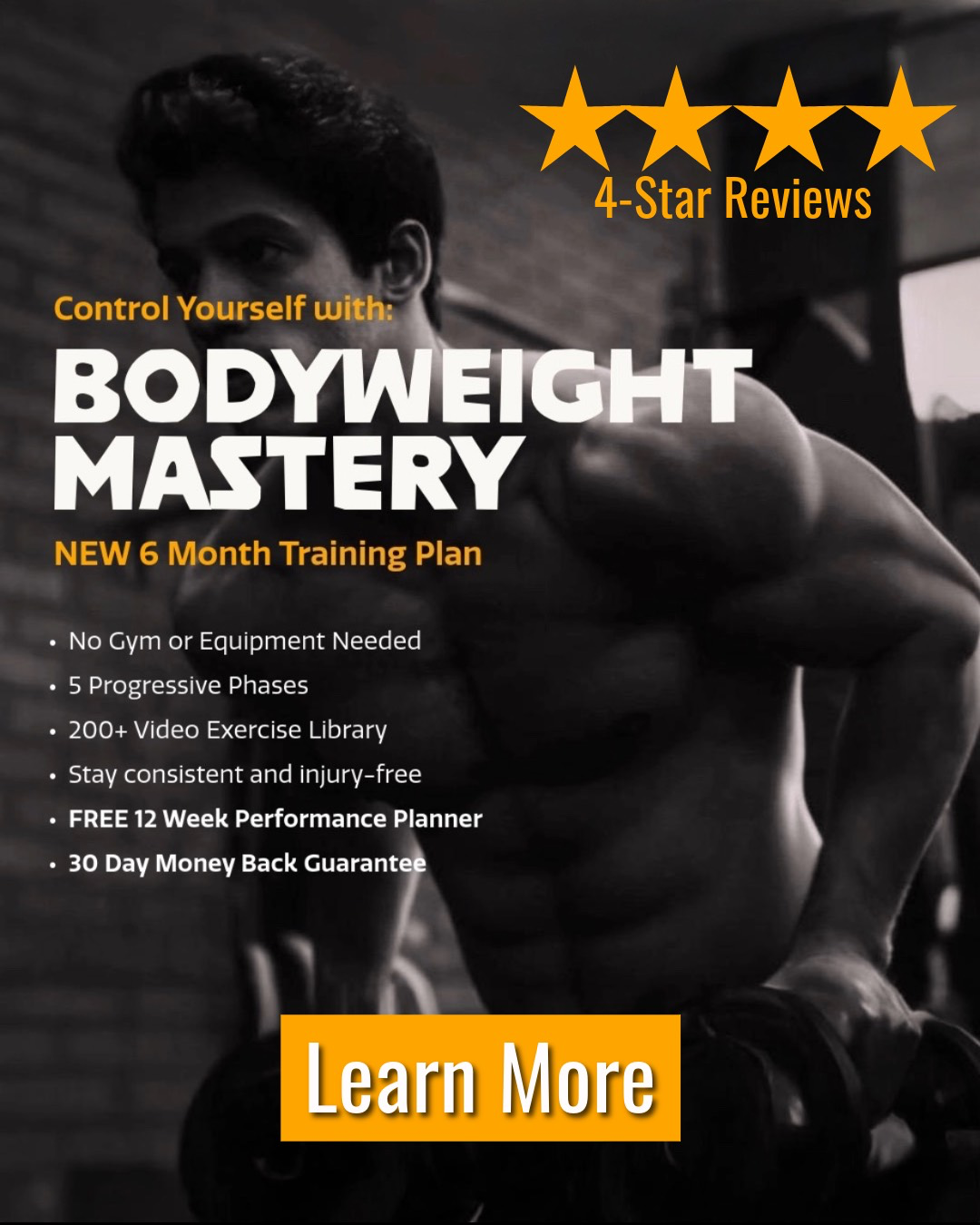
Ultimate Kettlbell Workout for Strength, Stability & Power
Kettlebells have become a staple in many training programs, and for good reason. They offer a unique way to build strength, endurance, and stability—all in one tool. But just like any piece of equipment, they work best when used properly.
I’ve spent years training with some of the best kettlebell athletes in the world, and they’ve shown me how kettlebells aren’t just another weight—they’re a tool that challenges movement patterns, grip strength, and stability in ways that dumbbells and barbells simply can’t.
In this guide, I’ll walk you through some of the best kettlebell movements—why they work, how to perform them, and how they can fit into your training.
Why Kettlebells?
Unlike traditional weights, kettlebells challenge stability, coordination, and grip endurance in every rep. Their offset weight distribution makes them ideal for:
🔥 Building explosive power – Essential for fighters, grapplers, and athletes needing fast, powerful movements.
🛡️ Developing core & shoulder stability – A key component for injury prevention and improved performance.
💪 Improving grip strength – A must for anyone who clinches, grapples, or lifts heavy.
🫁 Enhancing strength endurance – Unlike barbell lifts that focus on short bursts of strength, kettlebells help you sustain effort for longer periods, just like a fight.
Now, let’s get into some key kettlebell movements and why you should be doing them.
1️⃣ Hand Pass Circles – Grip & Shoulder Warm-Up
Before we get into heavy lifts, it’s important to warm up. Hand pass circles are a simple yet effective drill to activate the grip, shoulders, and core.
🔹 How to Do It:
✅ Hold the kettlebell by the horn and pass it around your body in a controlled manner.
✅ Keep your torso still—don’t let the bell pull you off balance.
✅ Do 20-30 reps in each direction to wake up the shoulders and grip.
🔹 Why It’s Useful:
✔ Improves grip endurance
✔ Warms up shoulders & arms
✔ Encourages core stability
2️⃣ Halo – Shoulder Mobility & Upper Back Activation
Another great warm-up movement, the halo loosens up the shoulders and upper back while reinforcing good posture.
🔹 How to Do It:
✅ Hold the kettlebell at chest level, gripping the sides of the handle.
✅ Tuck one elbow and rotate the bell behind your head, keeping the movement controlled.
✅ Complete 5-10 reps in each direction.
🔹 Why It’s Useful:
✔ Improves shoulder mobility—critical for fighters and lifters.
✔ Activates upper back & stabilizer muscles before pressing or swinging.
✔ Helps develop smooth, controlled movement patterns.
3️⃣ Half-Kneeling Shoulder Press – Strict Overhead Strength
This exercise eliminates lower-body assistance, forcing you to rely solely on shoulder strength and core stability.
🔹 How to Do It:
✅ Set up in a half-kneeling position (one knee down, one foot forward).
✅ Clean the kettlebell to the rack position (thumb toward collarbone, elbow tucked).
✅ Press overhead, keeping your palm forward and arm by your ear at the top.
✅ Lower back down under control.
🔹 Why It’s Useful:
✔ Strengthens shoulders & upper back for pressing power.
✔ Develops core stability—no compensation from the lower body.
✔ Prevents imbalances by working one side at a time.
4️⃣ Asymmetrical Racked Lunge – Strength & Stability Under Load
This lunge variation challenges trunk stability while building single-leg strength.
🔹 How to Do It:
✅ Clean the kettlebell to the rack position on one side.
✅ Step back with the same-side leg into a controlled reverse lunge.
✅ Stand back up without losing posture or letting the bell pull you off balance.
🔹 Why It’s Useful:
✔ Builds core strength—fighting the off-center load.
✔ Improves single-leg strength & control—key for takedowns & balance.
✔ Enhances postural endurance under uneven loads.
5️⃣ Goblet Squat – The Foundation of Lower Body Strength
One of the best ways to teach and reinforce proper squat mechanics.
🔹 How to Do It:
✅ Hold the kettlebell at chest height with elbows tucked in.
✅ Squat down, letting your elbows touch the inside of your knees.
✅ Keep your chest up and drive back to standing.
🔹 Why It’s Useful:
✔ Teaches proper squat form—great for beginners.
✔ Builds leg strength & core stability.
✔ Works well as a standalone strength exercise or warm-up.
6️⃣ Two-Hand Swing – Explosive Hip Power
This is one of the most recognizable and effective kettlebell movements—great for building explosive strength in the hips and posterior chain.
🔹 How to Do It:
✅ Stand hip-width apart, grip the kettlebell with both hands.
✅ Hinge at the hips, then explode forward, driving the bell up to chest height.
✅ Absorb the weight on the way down and repeat.
🔹 Why It’s Useful:
✔ Develops explosive hip power—critical for striking and grappling.
✔ Builds posterior chain strength for better athletic performance.
✔ Trains power endurance—great for long rounds of hard effort.
7️⃣ Bottom-Up Carry – Grip Strength & Wrist Stability
A simple yet challenging carry that forces total-body stability.
🔹 How to Do It:
✅ Hold the kettlebell upside-down by the handle.
✅ Keep your wrist neutral and stable as you walk forward.
✅ Maintain control—don’t let the bell wobble.
🔹 Why It’s Useful:
✔ Develops grip & wrist stability—critical for fighters & grapplers.
✔ Improves shoulder endurance—a must for clinching & striking.
✔ Challenges postural control & core engagement.
Final Thoughts: Kettlebells Are a Game-Changer
Kettlebells are one of the most versatile tools in any training program. Whether you're a fighter, grappler, or just looking to get stronger, these exercises will help you develop stability, strength, and endurance in a way that translates to real-world performance.
💥 Want to level up your training?
Check out Kettlebell Craftsmanship—a structured, step-by-step program designed to help you master kettlebell training for real strength and endurance.
If you have any questions, drop them in the comments below! I’d love to hear how kettlebells fit into your training.




